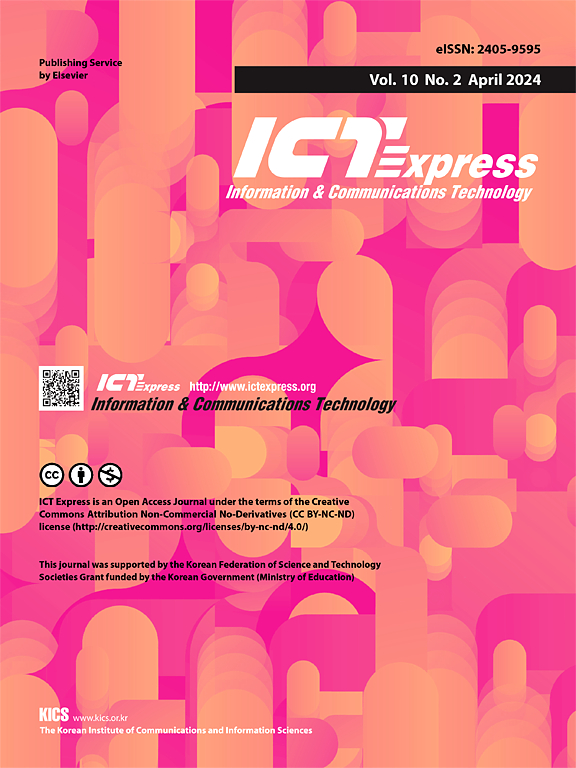Residue super-resolution convolutional neural network based complexity reduction for H.266 VVC intra-coding
IF 4.2
3区 计算机科学
Q1 COMPUTER SCIENCE, INFORMATION SYSTEMS
引用次数: 0
Abstract
Versatile Video Coding (VVC) promised to provide the same video quality as HEVC with 50 % bitrate reduction, which was introduced in 2020. Our suggested method for VVC Intra-coding is residue super-resolution convolutional neural network (RSR-CNN) utilizing downsampling and upsampling procedures. We present an effective complexity reduced VVC intra-coding scheme based on residue SR-CNN. Reducing an original video's resolution in both the vertical and horizontal directions is all that is required to execute down sampling. Increasing the video dimensions for improved visual quality, convolutional neural networks are utilized in the upsampling process to create residue super-resolution. Specifically, for every block, we train a CNN model to perform residue SR after downsampling and compressing the residue at low resolution, and then we carry out motion estimation (ME) and motion compensation (MC) to extract the residue. Using the MC prediction signal, a new residue SR-CNN is designed. Additionally, this work comprehensively examines the complexity and performance of VVC intra-coding tools and integrates them with the residue SR-CNN method. The experiments demonstrate a substantial time savings of 40 % in encoding with BDBR coding gains of 4.2 %, and 2.9 % in AI and RA configurations respectively.
基于残基超分辨卷积神经网络的H.266 VVC内编码复杂度降低
多功能视频编码(VVC)承诺提供与HEVC相同的视频质量,比特率降低50%,这是在2020年推出的。我们建议的VVC内编码方法是残基超分辨率卷积神经网络(RSR-CNN),利用下采样和上采样过程。提出了一种有效的基于残差SR-CNN的降低复杂度的VVC内编码方案。在垂直和水平方向上降低原始视频的分辨率是执行向下采样所需要的。为了提高视频的视觉质量,在上采样过程中使用卷积神经网络来产生残差超分辨率。具体来说,对于每个块,我们训练一个CNN模型,在低分辨率下对残差进行下采样和压缩后进行残差SR,然后进行运动估计(ME)和运动补偿(MC)来提取残差。利用MC预测信号,设计了一种新的残差SR-CNN。此外,本工作全面考察了VVC内编码工具的复杂性和性能,并将其与残差SR-CNN方法相结合。实验表明,在BDBR编码增益为4.2%的情况下,编码时间节省了40%,在AI和RA配置下,编码增益分别为2.9%。
本文章由计算机程序翻译,如有差异,请以英文原文为准。
求助全文
约1分钟内获得全文
求助全文
来源期刊

ICT Express
Multiple-
CiteScore
10.20
自引率
1.90%
发文量
167
审稿时长
35 weeks
期刊介绍:
The ICT Express journal published by the Korean Institute of Communications and Information Sciences (KICS) is an international, peer-reviewed research publication covering all aspects of information and communication technology. The journal aims to publish research that helps advance the theoretical and practical understanding of ICT convergence, platform technologies, communication networks, and device technologies. The technology advancement in information and communication technology (ICT) sector enables portable devices to be always connected while supporting high data rate, resulting in the recent popularity of smartphones that have a considerable impact in economic and social development.
 求助内容:
求助内容: 应助结果提醒方式:
应助结果提醒方式:


